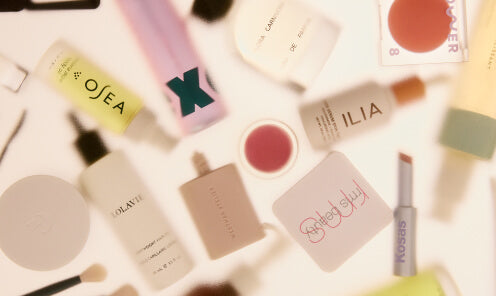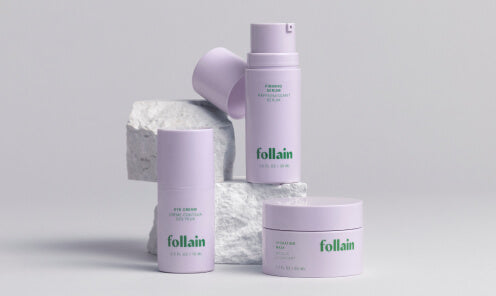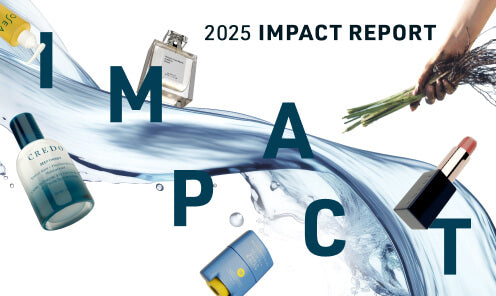By: Mia Davis, Director of Mission
Clearing the air: What’s “fragrance” anyway?
There are fragrance products (perfumes, colognes, body spray) and there is “fragrance" (or "parfum") that is a commonly found on an ingredient label in skincare, laundry, and household cleaning products. “Fragrance” refers to a blend of ingredients that chemists add to products to create a pleasant scent (or to mask a not-so-pleasant one). "Fragrance" could be as simple as a couple of essential oils, but more often it is a combination of dozens of unique aromatic molecules. There are about 4,000 additional materials that can be used in creating fragrances--the majority of which have never been assessed for safety.
Fragrance molecules (think of them as the building blocks of a scent) can be from nature, or synthetic (human made). Regardless of where they’re from, they are rarely defined or identified for the consumer. Because of the Fair Packaging and Labeling Act, "fragrance" is considered a trade secret. It is perfectly legal for skin care, makeup, perfume/cologne and home goods manufacturers not to disclose the chemicals that comprise it. One type of these undisclosed chemicals is phthalates…
What about phthalates? (And, by the way, how do I say that word?)
Phthalates (THAL-lates) are plasticizing chemicals used in a variety of industries and consumer products. They can make plastic more pliable/bendable, make nail polish bend with the curve of a nail, and make fragrances stick to skin, hair, clothes, etc. But they don’t stay put: they are widespread contaminants of air, water and food, and are in our bodies. This is an issue because some phthalates are also endocrine (hormone) disruptors. The Endocrine Disruption Exchange (TEDX) says: “Chemicals that disrupt hormone function can have substantial and sometimes permanent impacts on health. Due to the nature of the body's endocrine system, effects can occur from very little exposure, particularly if it occurs before birth or during early life.”
Phthalates used to be very common in consumer goods, ranging from rubber duckies to shower curtains to cosmetics, but environmental health advocates and consumers have successfully pushed many companies to reduce or eliminate their use of phthalates, and pro-health regulation has followed. This is a major accomplishment! But phthalates are still around, especially in fragrances, and it absolutely makes sense to try to avoid them by choosing phthalate-free perfumes and fragrances instead.
From day 1, Credo has prohibited our brands partners from using phthalates.
“Unscented”
One more note for you, the informed consumer: if you’re looking for unscented products--as in, no “fragrance” ingredients--make sure you’re reading the ingredient labels, not just relying on the “unscented” claim on the front of the product label. Some brands--particularly in the conventional skin care and laundry detergent space--use masking fragrances to hide a “chemical” smell of the product, but they still must disclose the word “parfum” or “fragrance” on the ingredient label. Gotta be on your toes.
Be well,
Mia Davis, Director of Mission
Welcome to Dirty Talk, where our Clean Beauty Council gives you the 411 on ingredients to know, avoid and properly pronounce.














